Ruixingli's first WBC in Asia: Izaki Yingdian, to build a national coffee brand for China
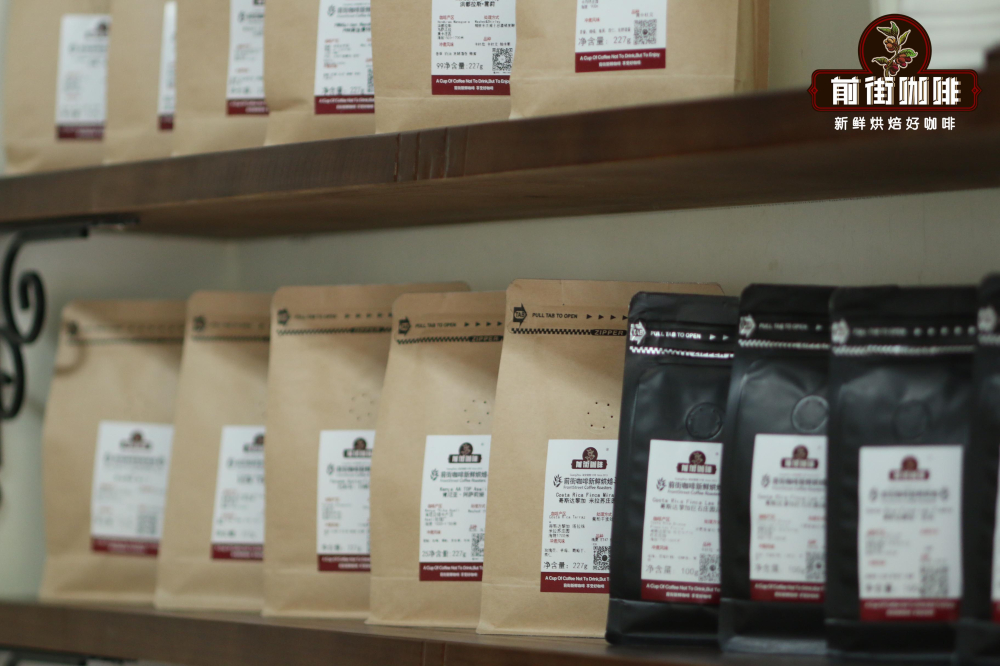
From Nestl é to Starbucks, and now Lucky, we have to say that coffee is becoming more and more accepted by Chinese people. People's understanding of "coffee" goes beyond simply "a black and bitter drink", but begins to pursue a higher level. As a result, the profession of "barista" has received more attention.
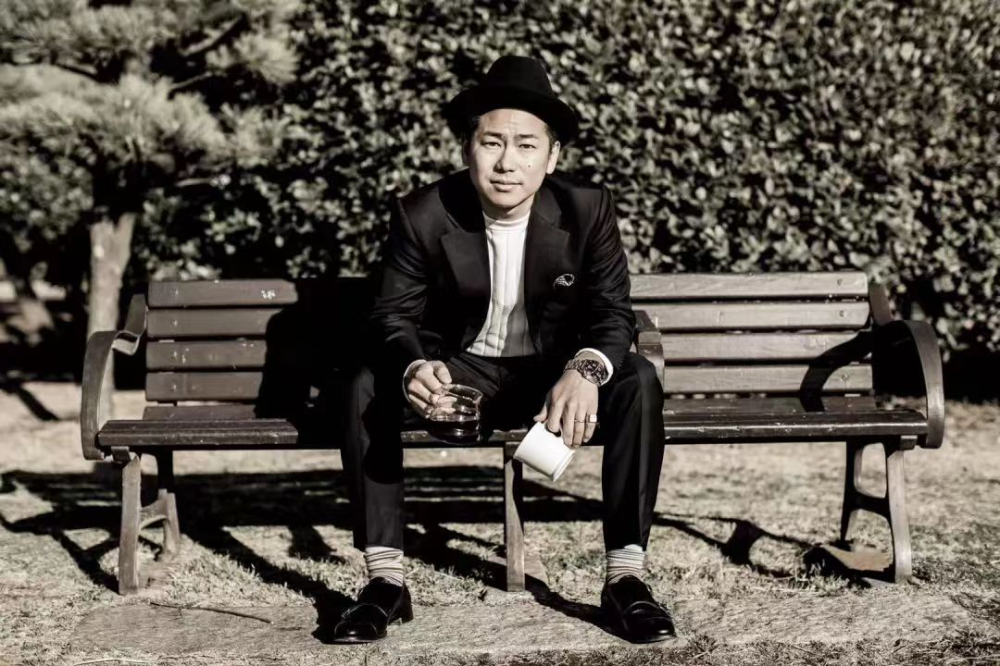
There is a Japanese coffee master that many Chinese people came into contact with through Luckin Coffee. The post-90s barista, who won the world coffee championship, has always believed that good coffee can talk to the human spirit, and that it does not need to be amazing in the moment it is served, nor does it need the person who tastes it to know its producing area, altitude or other details, but to feel good from the bottom of its heart.
He is Hideki Izaki.
He started making coffee at the age of 16 and became "the first person in Asia" at 24.
Born in Fukuoka, Japan, Hideki Inizaki has a rather strange coffee life. Izaki's hometown, which runs his own baked coffee shop, grew up when he dropped out of high school at the age of 16 to start making coffee. Three years later, Izaki went to Tokyo to join the famous Maruyama Coffee in Japan.
While working in Maruyama, Izaki not only completed his studies by working part-time, but also actively participated in coffee-related competitions. At the age of 22 and 23, Izaki won the JBC Japan Barista Competition. But for Izaki, winning the Japanese championship is never the ultimate goal, it's just a ticket for me to take part in the world finals. I want to prove that Asian baristas can also have a foothold in the boutique coffee industry.
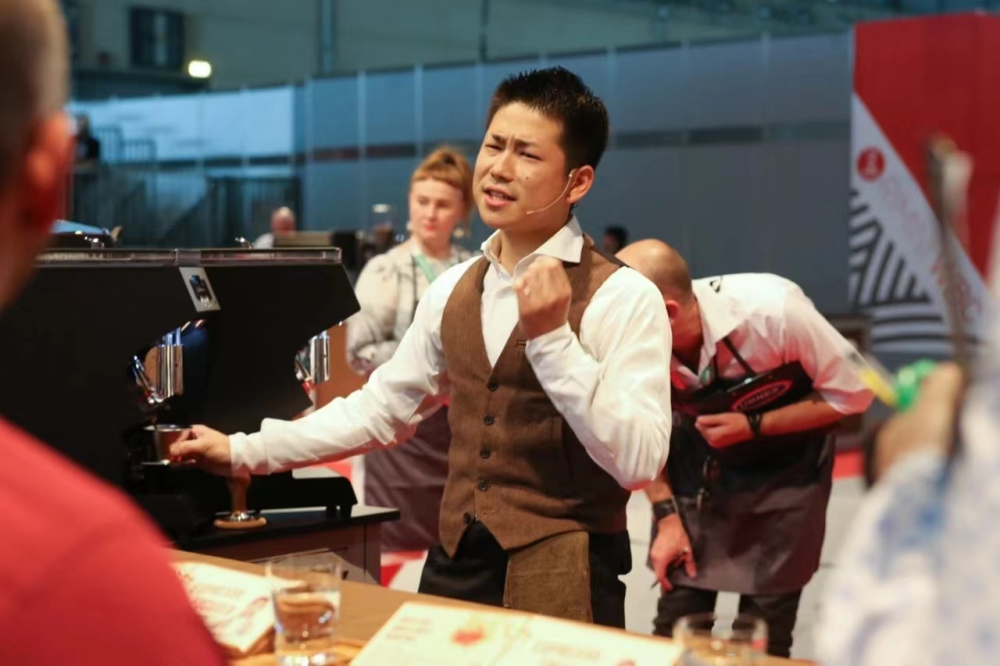
The reason why he was able to win many championships at a young age is inseparable from the craftsman spirit of Izaki. He has amazing persistence and stringent standards for coffee beans. He believes that beans from different producing areas have their own local characteristics. To make a good cup of coffee, you need to know enough about the characteristics of different coffee beans and give full play to them. To this end, Izaki Yingdian has repeatedly gone to the coffee producing areas to find high-quality raw beans, established a good relationship with local coffee producers, and even regarded Costa Rica as his second hometown.
Then, at the age of 24, Izaki won the WBC World Barista Competition on behalf of Japan, the first time an Asian has won the honor.
Bond with Luckin Coffee: Chinese consumers also need to have their own coffee brands
After winning the world championship, Izaki began a world lecture and teaching tour under his own brand, so as to convey the value of coffee to people and promote the development of coffee in Asia. In 2017, Izaki began to focus on cooperation with Luckin Coffee. The well-known master team of Luckin Coffee includes him, WBC Italian champion Andre Latuwada and WBC Chinese champion Pan Zhimin.
It is understood that Izaki Yingdian has also had a lot of contact with the Chinese coffee industry. When asked why he worked with Ruixing, Izaki said that Ruixing had high standards for coffee and focused on R & D and innovation, which was consistent with his serious attitude towards coffee.
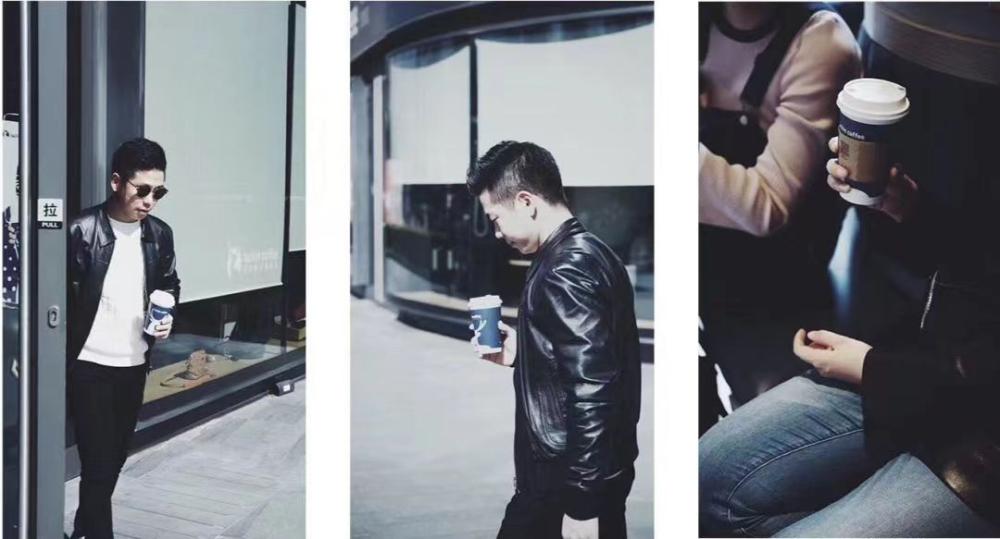
In addition, Izaki was moved by Ruixing's vision of creating a good cup of coffee for consumers and a local coffee brand. He feels that "Lucky's idea is particularly good. China is an economic power, and Chinese consumers also need to have their own coffee brands." therefore, he is willing to work with Ruixing to realize this idea and accept this challenge.
The cooperation between Izaki and Ruixing is not in name. He goes to Beijing every quarter to cooperate with Ruixing's product research and development department to develop new products. Mr. Izaki said that Chinese consumers' taste preferences are changing very quickly, which requires him and Ruixing's team to keep up with the trend.
More and more Chinese consumers are becoming fond of coffee itself.
When Izaki first came to China five years ago, he was impressed by some Chinese consumers who preferred the coffee shop atmosphere to the coffee itself. He found that people go to coffee shops because they like the atmosphere, and some people even order a cup of coffee to sit all afternoon and all day.
Although Izaki comes from Japan, which has very different consumption habits and online development environment from China, he says the development trend of China's coffee market has something in common with Japan and many other countries: people begin to like to drink coffee, and the consumption of it is rising rapidly.
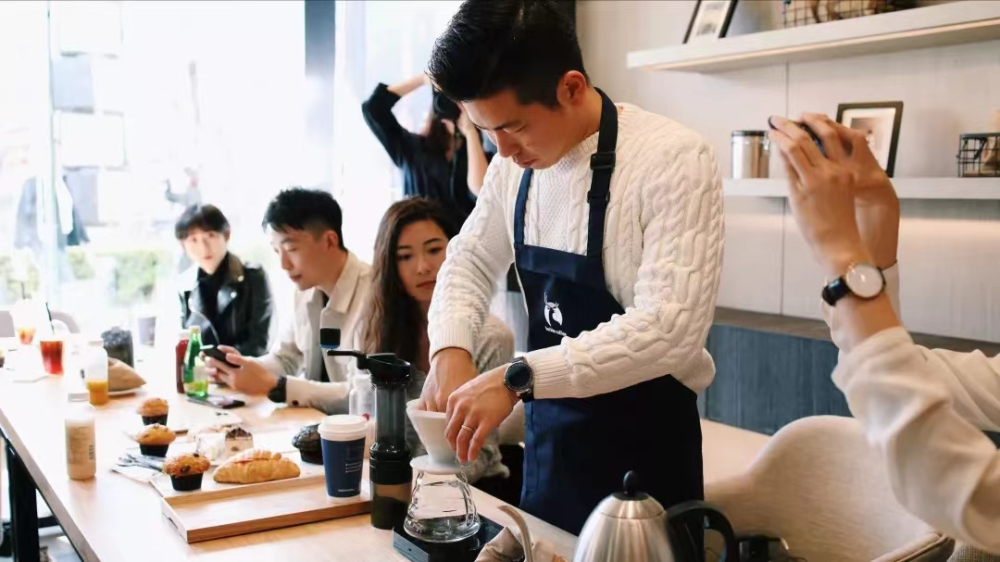
Now we also clearly feel the change that more and more coffee consumers in China do not blindly pursue the scene space provided by the coffee shop, but need that cup of coffee more in their daily life. For example, we can meet people everywhere who order a cup of coffee online on their mobile phone App, or order coffee to take to work. In response, Izaki said the shift is a step forward, indicating that consumers' love of coffee is now based on the experience of drinking coffee. This may not be the case in all cities, but this environment and atmosphere have been formed in major big cities.
As the coffee master believes, domestic consumers' love of coffee is based on coffee itself, rather than paying more attention to its surroundings when drinking coffee.
Important Notice :
前街咖啡 FrontStreet Coffee has moved to new addredd:
FrontStreet Coffee Address: 315,Donghua East Road,GuangZhou
Tel:020 38364473
- Prev
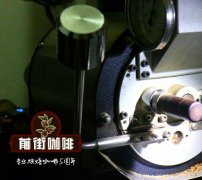
Does the origami filter cup work well? Using origami filter cup to cook Sidama Sakuran's hand-punching recommended parameters
Professional coffee knowledge exchange more coffee bean information please follow the coffee workshop (Wechat official account cafe_style) Origami means origami, the filter cup gets its name from its unique shape and cake cup wavy filter paper fully suited to the wavy origami shape. Different from the traditional fan-shaped filter cup, the origami filter cup is characterized by a beautiful cone, with a large elongated room at the bottom.
- Next

[Notes of Front Street Barista] Use ice hand and ice fire to simultaneously interpret the delicious ice coffee
Recently, Xiaobian accidentally saw an interesting article on the brewing method of iced coffee, whose brewing method is called [Ice Fire Chong]. So what's the difference between it and our usual ice hand brewing method in terms of brewing and flavor performance? Let's first take a look at the operation mode of [Ice Fire Chong] and [Ice Hand Chong][Ice Fire Chong]: 1. Put 50 grams of ice on the filter cup;2. Put it on ice
Related
- What is the meaning of lactic acid fermentation with coffee bean treatment?
- How to judge the state of foam by sound?
- How does the latte pull out the unicorn pattern? Come to get for a little trick to improve the flower pull!
- Will flower pulling affect the taste of the latte?
- Do you know the history of coffee?
- The difference between honey treatment and sun washing what is raisin honey treatment?
- What kind of milk can a novice use to make coffee foam to keep the foam longer? The correct method and skills of milking tutorial sharing
- Why do washed coffee beans taste sour? Flavor characteristics of washed Coffee
- Introduction to the skill of how to practice the size and height of water injection around the circle of hand-brewed coffee
- How do beginners practice coffee flower drawing from scratch?

